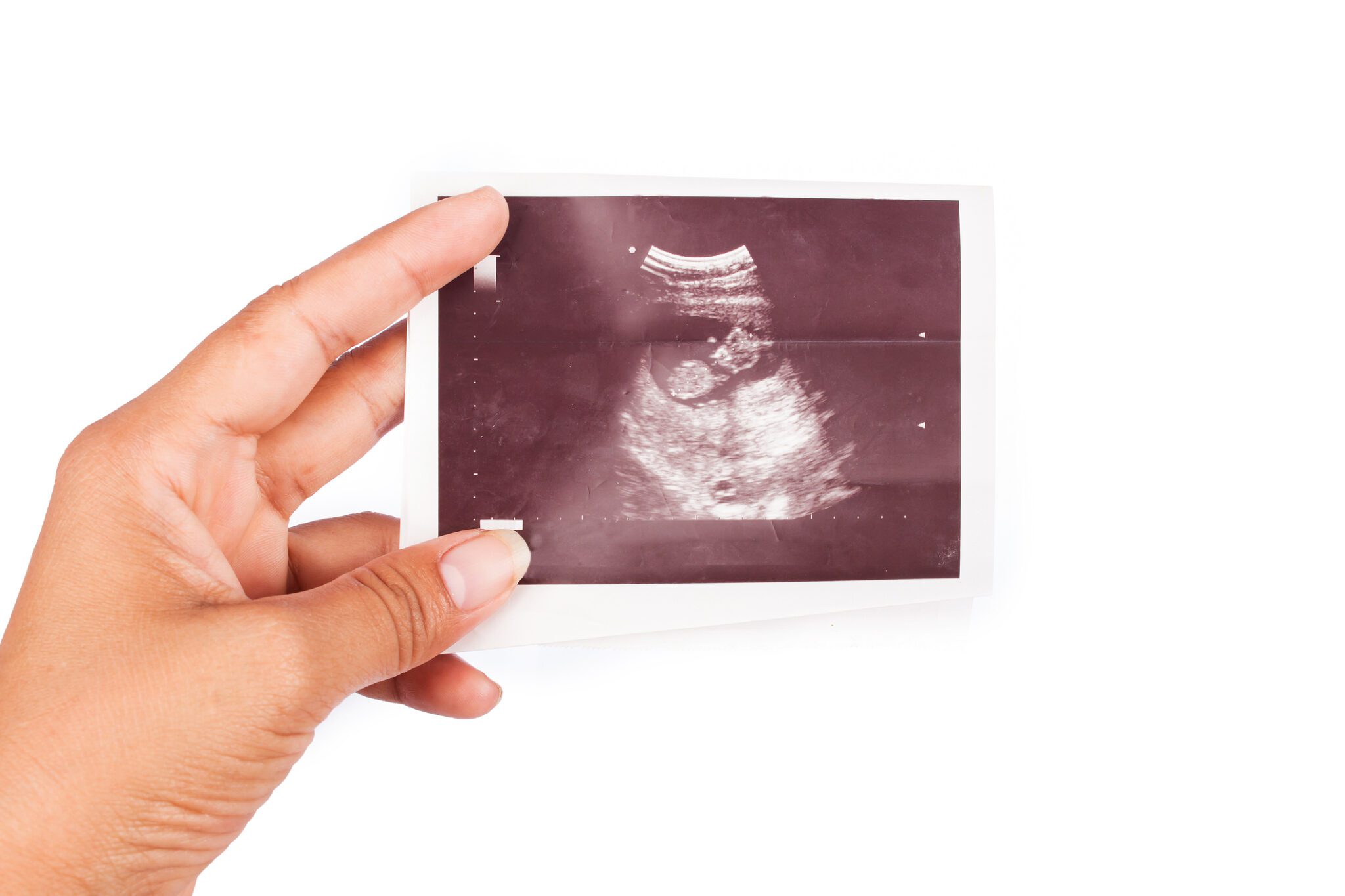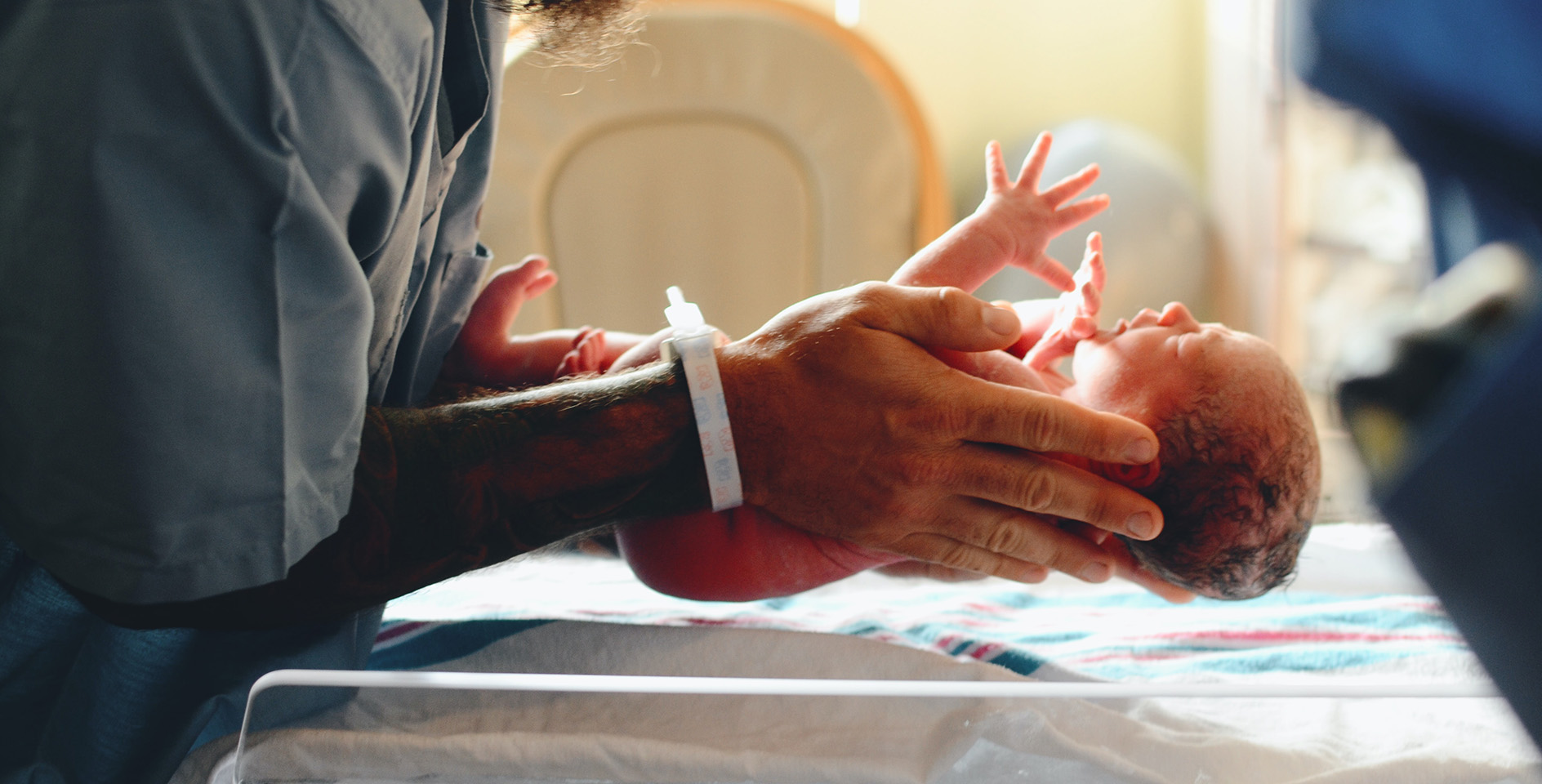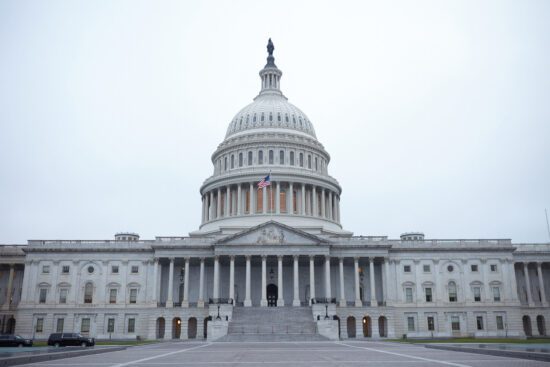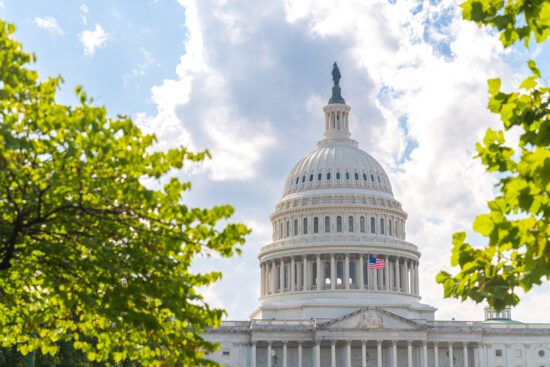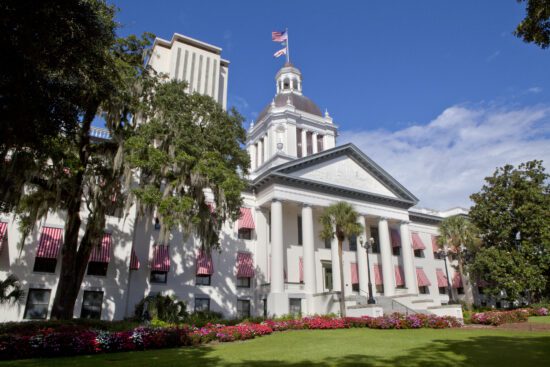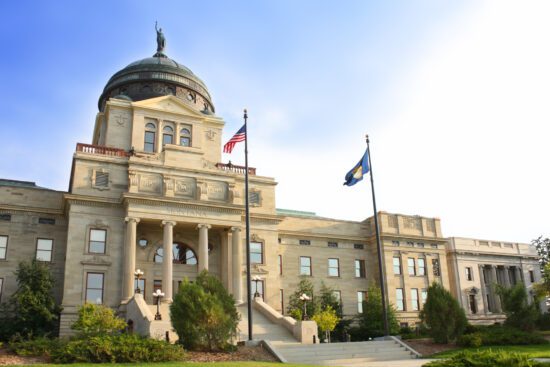Today, the Office of Population Affairs (OPA) at the Department of Health and Human Services (HHS) issued the final rule to revise regulations that govern the Title X family planning program “by readopting the 2000 regulations, with several revisions.” The stated effect of the final rule is to revoke the requirements of changes ordered in 2018 that included “removing restrictions on non-directive options counseling and referrals for abortion services and eliminating requirements for strict physical and financial separation between abortion-related activities and Title X project activities.”
The new rule, which takes effect on Nov. 8, will allow health centers to receive the federal funds even if they refer patients for abortions. With this reinstatement, Planned Parenthood stands to gain up to $60 million annually in federal taxpayer funding.
ERLC acting president Brent Leatherwood said, “While some will couch this in the Orwellian terms of advancing reproductive health, we should be clear about what is occuring here: Preborn lives are in danger, mothers are rendered vulnerable to a predatory abortion industry, and taxpayer consciences are being steamrolled. This should be unacceptable in the eyes of every American. But as long as we remain a society that refuses to recognize the inherent dignity and right to life that each person possesses in the womb, we will remain a throwaway culture that wantonly discards children and bankrolls abortionists.”
What is the Title X funding program?
Title X or Title X Family Planning is the common name for Public Law 91-572 — the “Family Planning Services and Population Research Act of 1970.” Title X is a federal grant program “dedicated solely to providing individuals with comprehensive family planning and related preventive health services.” The funds — currently $286.5 million a year — are given to the individual states who, based on federal rules and regulations, disperse it to qualified Title X clinics. The statute prohibits this money from being used to support abortion as a method of family planning. According to the law, “[n]one of the funds appropriated under this subchapter shall be used in programs where abortion is a method of family planning.”
Title X allows grant money to be “used only to support preventive family planning services.” All this really means, though, is that grant recipients like Planned Parenthood cannot directly use money from the federal government for abortion services. But money is fungible. A dollar spent for one purpose can also cover other purposes. For example, the money the federal government gives to Planned Parenthood can be used indirectly to cover operating and overhead costs such as rent and staff salary. This allows Planned Parenthood to provide abortions that are essentially subsidized by the government.
History of Title X
In 2019 under the Trump administration, HHS issued a new final rule to reinstate Title X regulations that separate taxpayer dollars from funding abortion. The rule shifted funding from abortion providers — such as Planned Parenthood — and steered some of it toward faith-based care providers. In June 2019, the 9th Circuit Court of Appeals refused to block the final Title X rule.
Title X has been somewhat of a political football, changing with different administrations.
During the Reagan administration, a regulation was issued that required that Title X projects be organized so that they are “physically and financially separate” from prohibited abortion activities. This regulation was challenged in the courts but was upheld in the 1991 Supreme Court ruling Rust v. Sullivan.
When former President Clinton took office, he reversed that regulation, and it was never reinstated. Former President Obama issued an additional regulation prohibiting states from defunding or deprioritizing abortion businesses in issuing subgrants with their Title X money. (This regulation was overturned by Congress in March 2017.) President Trump’s rule was loosely based on the Reagan-era framework.
The ERLC strongly opposed the reversal of this rule, and we will always advocate for life before Congress, the courts, and the administration. We know the abortion industry devalues human life and exploits families, and we are deeply grieved by this action. The ERLC will continue to be a voice for the voiceless and work toward a day when abortion is both unnecessary and unthinkable.


